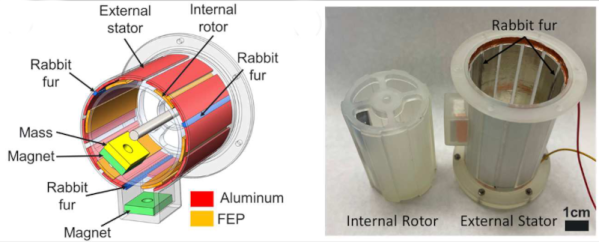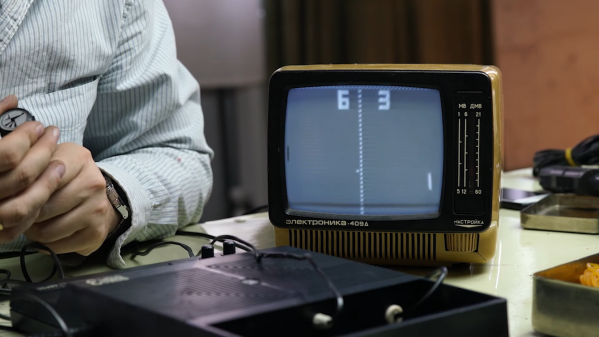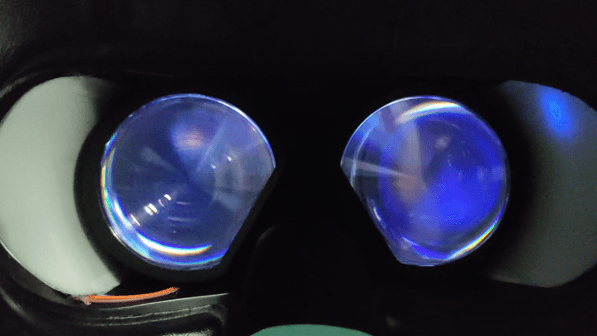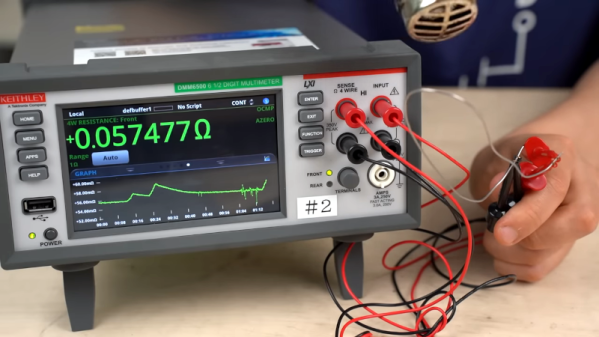Summer’s in full swing, and this week both Elliot and Dan had to sweat things out to get the podcast recorded. But the hacks were cool — see what I did there? — and provided much-needed relief. Join us as we listen in on the world of bats, look at a laser fit for a hackerspace, and learn how to make an array of magnets greater than — or less than — the sum of its parts. There’ll be flying eggs, keyboards connected to cell phones, and everything good about 80s and 90s cable TV, as well as some of the bad stuff. And you won’t want to miss Elliot putting Dan to shame with the super-size Quick Hacks, either, nor should you skip the Can’t Miss sweep with a pair of great articles by Al Williams.
Check out the links below if you want to follow along, and as always, tell us what you think about this episode in the comments!
Continue reading “Hackaday Podcast 228: Bats, Eggs, Lasers, Duck Tape, And Assembly Language”




















